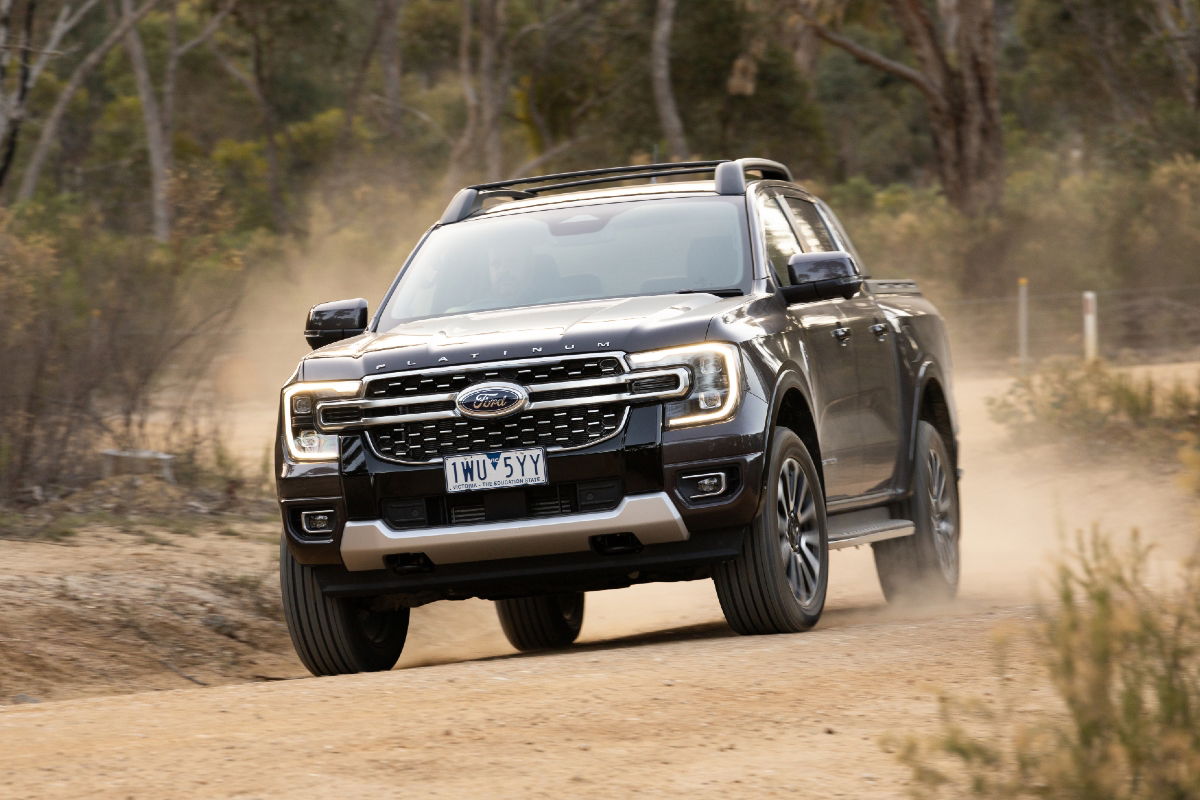
With the publication of the 2023 new vehicle registration data for Australia, there are nuggets of information hidden away in there that are deserving of mention and yet don’t normally make the media.
Here’s 10 points that didn’t make the headlines:
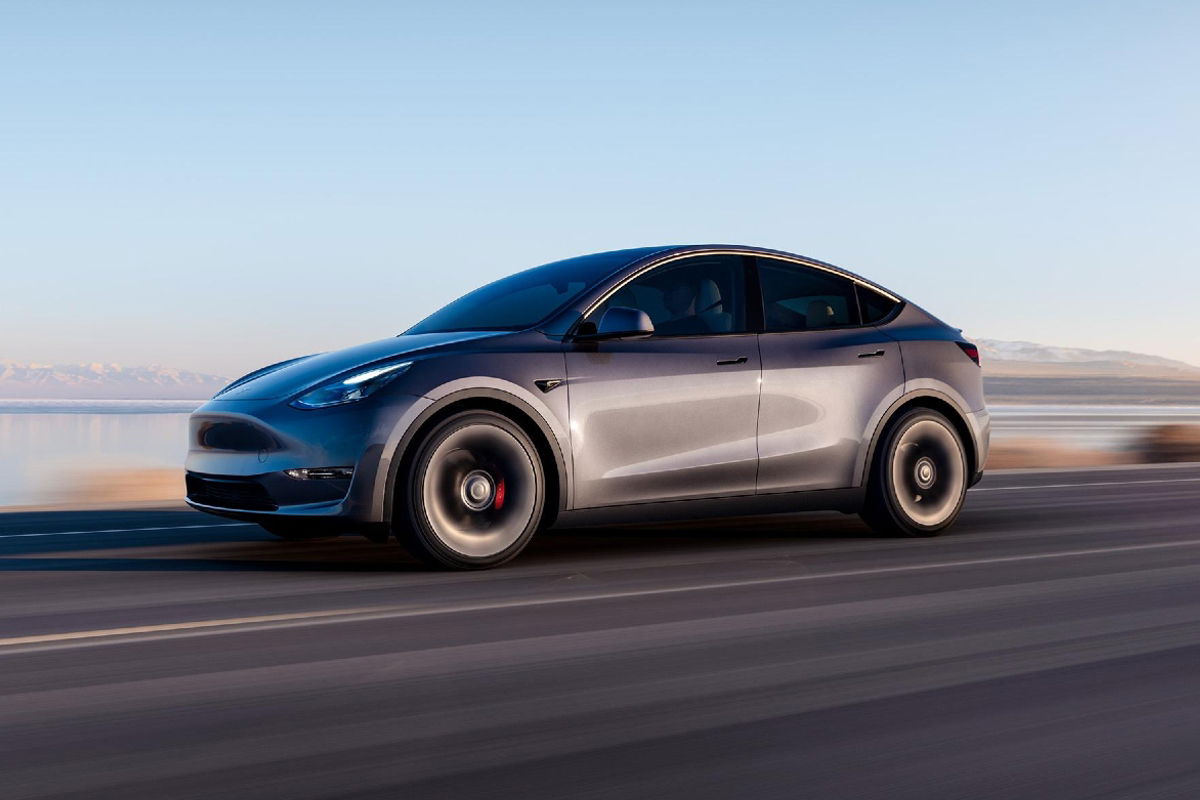
1. Electric vehicles accounted for just over 7 per cent of sales in 2023, and that made headlines. But what’s interesting is that 14 per cent of passenger cars were EVs, but only just over 8 per cent of SUVs were electric. That’s despite there being so many SUV electric offerings from manufacturers such as Mercedes-Benz, Audi, BYD, Kia and Hyundai plus the very successful Tesla Model Y. Given that the market here is dominated by (nominal) SUVs, it shows there’s a long way to go in convincing the average buyer to go full electric. By comparison, the UK market saw EVs taking a (albeit stagnant year on year) 16 per cent share of their market last year.
2. Meanwhile, the Light Commercial sector is almost untouched by ‘green’ technology, and yet it accounts for more than one in five registrations. EVs and hybrids accounted for exactly 242 vehicles out of the 274,000 Light Commercials sold here in 2023. But surely all those small and medium sized vans that deliver Amazon and other packages across our urban environments would be ideal for, at least, hybrid technology? If hybrid works so well in Camrys and Corollas, why isn’t it deployed in Hiaces?
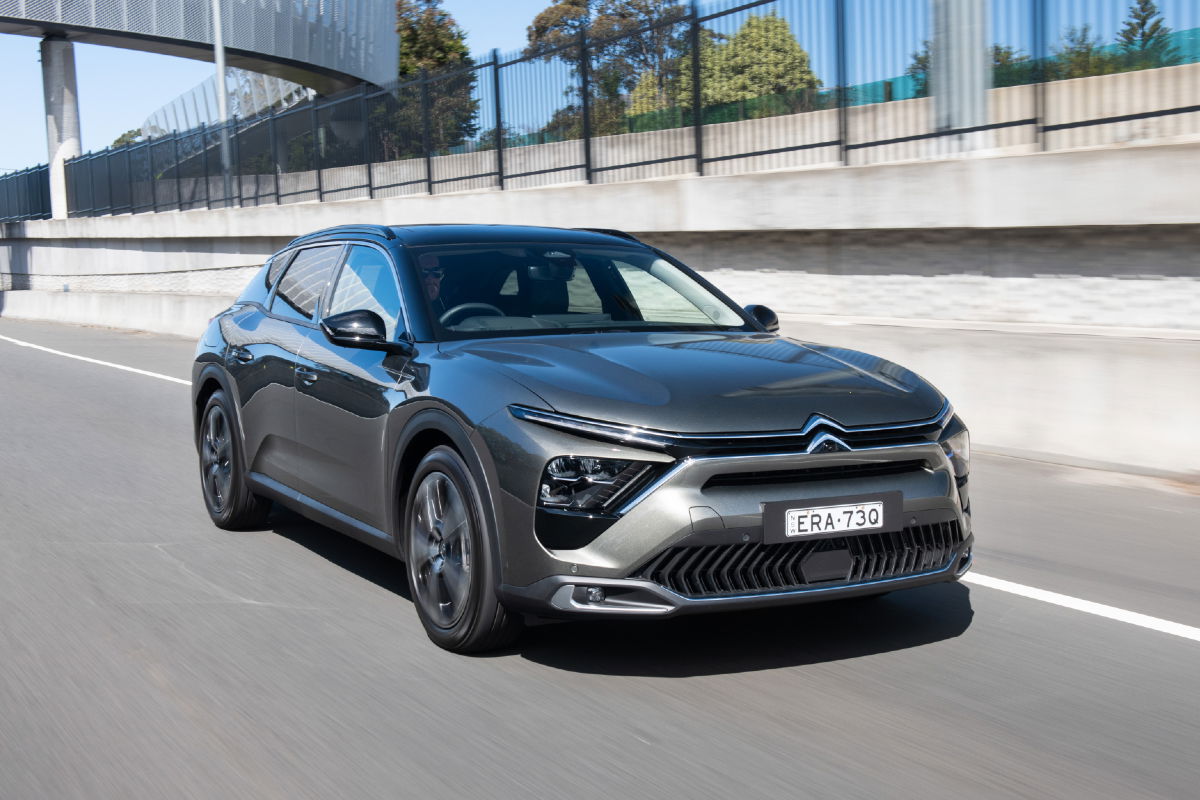
3. VFacts effectively highlights the ‘why bother’ brands and, honestly, you have to wonder about the viability of several of the volume nameplates offered here. Citroen, for example, 228 cars sold in Australia in 12 months; Ferrari sold almost as many at ten times the price! And Jaguar with just 581 sales. That’s a fall of 80 per cent in six years. It pains me to say it, but Fiat and Alfa Romeo are also both heading for the why bother treatment here in Oz. How can it be viable to be selling 700 units a year of a supposedly mainstream volume product in a logistically challenging place? All these brands were once great, but they’re pretty irrelevant in Australia today.
4. Which manufacturer (or rather, importer as they’re all just importers now) is the most efficient in the Australian market? You’d have to say it’s Isuzu. In 15 years they’ve built a business that sells 45,000 units of what is effectively one model. Yes, a third of their volume is the MU-X SUV but that’s just a wagon version of the D-Max Ute. So, their spares inventory is compact, their service training is simple and straightforward, and their inventory is easy to manage. Just three versions of the same vehicle and a choice of colours. They probably run the business here with 20 or 30 people! Compare that business model with Nissan, who sold fewer units, but they were spread across eight distinct models with all the added costs that brings. I know which business I’d rather own!
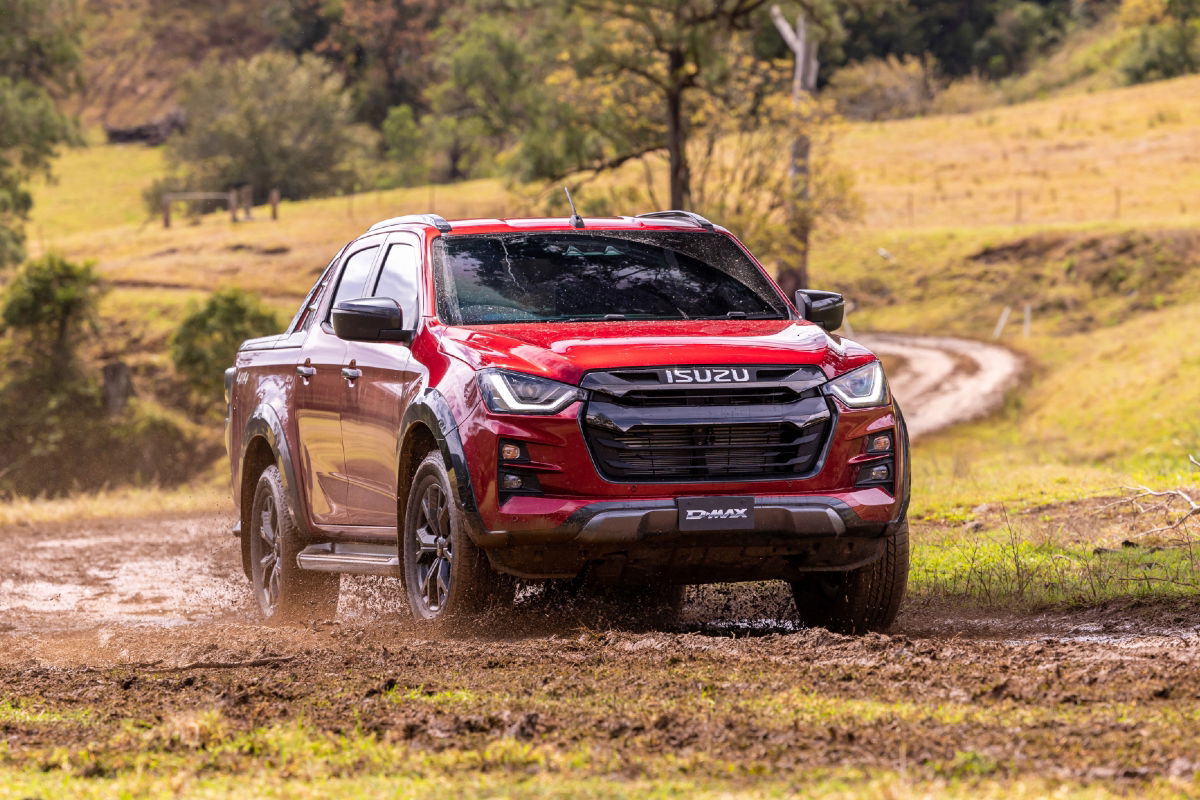
5. Hunt the figures for the best example of sector domination and look no further than the Kia Carnival. Ten years ago the pretty undesirable Carnival of the time had a market sector share of 35 per cent. Today, with a far superior offering that’s miles ahead of any competitor, the Carnival has more than 80 per cent of the People Mover market. Being designated driver for a race team bus is no longer the chore it used to be now that you arrive at the rental desk and get the keys to the latest Carnival.
6. Probably the best car to ever come out of Japan, the Lexus LFA, finished production 11 years ago and yet a solitary ‘new’ one was first registered here in 2023. The Toyota dealer who owned it presumably no longer had to account for Luxury Car Tax meaning this LFA probably stands in their stock at rather a favourable price, especially seeing that these cars are increasingly valuable. Nice one.
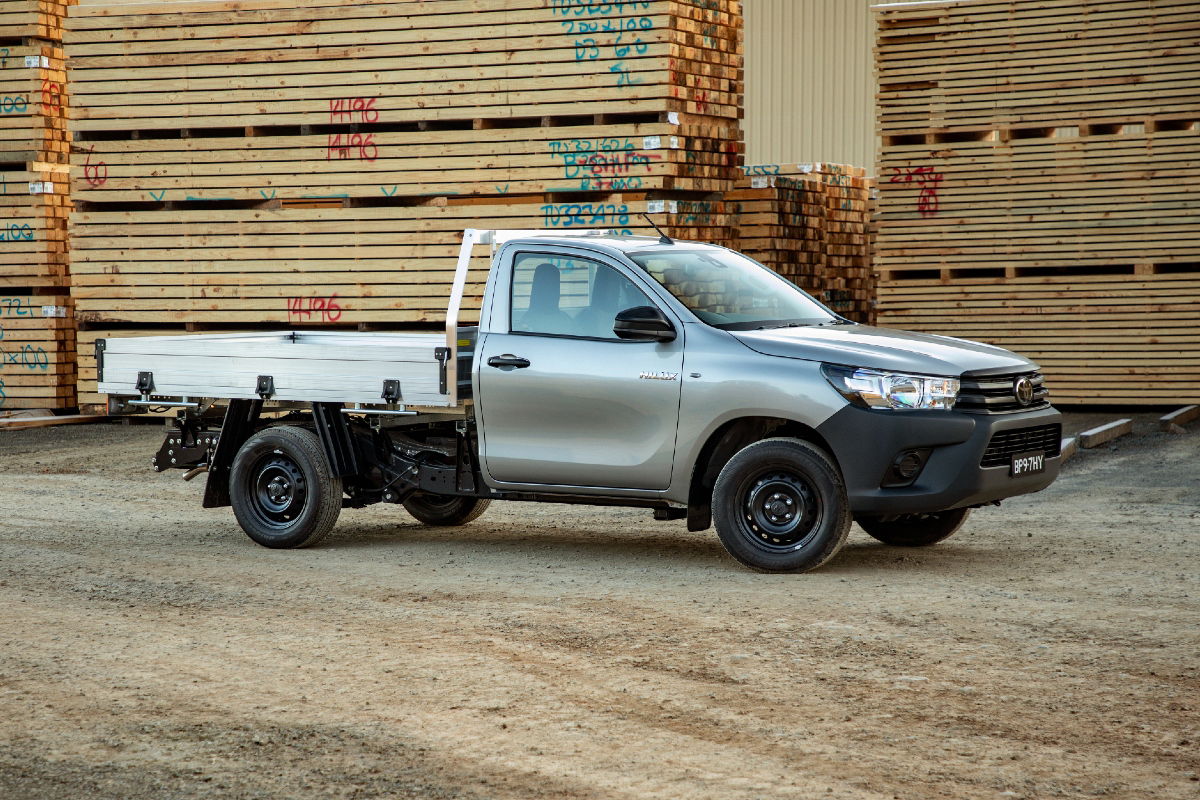
7. Whilst the Ford Ranger has a clear lead in the 4×4 Ute sector of the market, the HiLux still smashes it, and everything else, in the 4×2 sector. That probably underscores the fact that Toyota still dominates the business segment of the Ute market whereas the Ranger draws much of its success from private (or business user chooser) sales.
8. Do you know where your car was manufactured? There’s a good chance you don’t. We all think of Volvo, for instance, as being as Swedish as meatballs, ABBA and Ikea. And yet, in 2023 only 1299 cars were imported from Sweden although a total of 13,591 new Volvos and Polestars (Volvo’s electric only sub-brand) were sold here. Where did 90 per cent of them come from? China. That’s a story that is only going to spread, given that apparently the electric version of the latest Mini for this market will come from a Chinese factory. If, like me, you’d like to see China being less obstructive to Australian exports (apart from iron ore) , then you might want to double check where your new car is coming from before signing up for it.

9. The Porsche 911 continues to dominate the over $200k sector of the sports car market, with a 41 per cent share. It remains one of the most resilient car name plates in existence today, along with the Landcruiser, also dominant in its segment. Is it any wonder that both Porsche and Toyota are as successful as they are when you see just how well they’ve managed to successfully perpetuate the 911 and Landcruiser brands respectively for so long?
10. Australians buy new cars at the same sort of rate per head of population as the USA and Canada. That’s way more than most of Europe. A reflection of not only wide open spaces, but probably more so the lack of effective public transport options in too many places. I love cars, but, like many other Australians these days, I’ve travelled around the world extensively and seen firsthand in so many places how good both local and intercity public transport can be. We’re behind the eight ball here in most places, unfortunately.












Discussion about this post